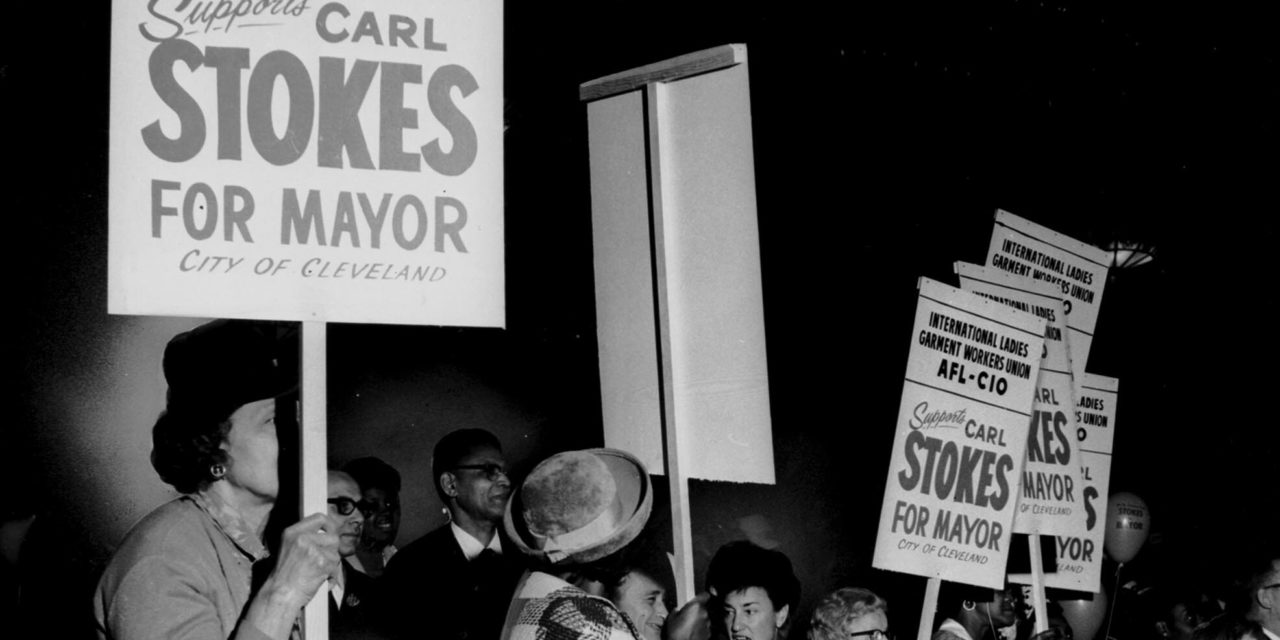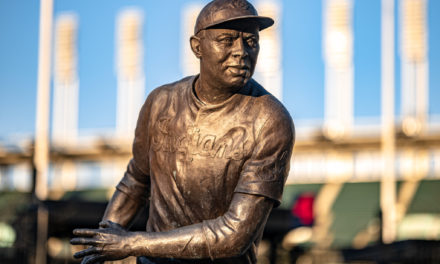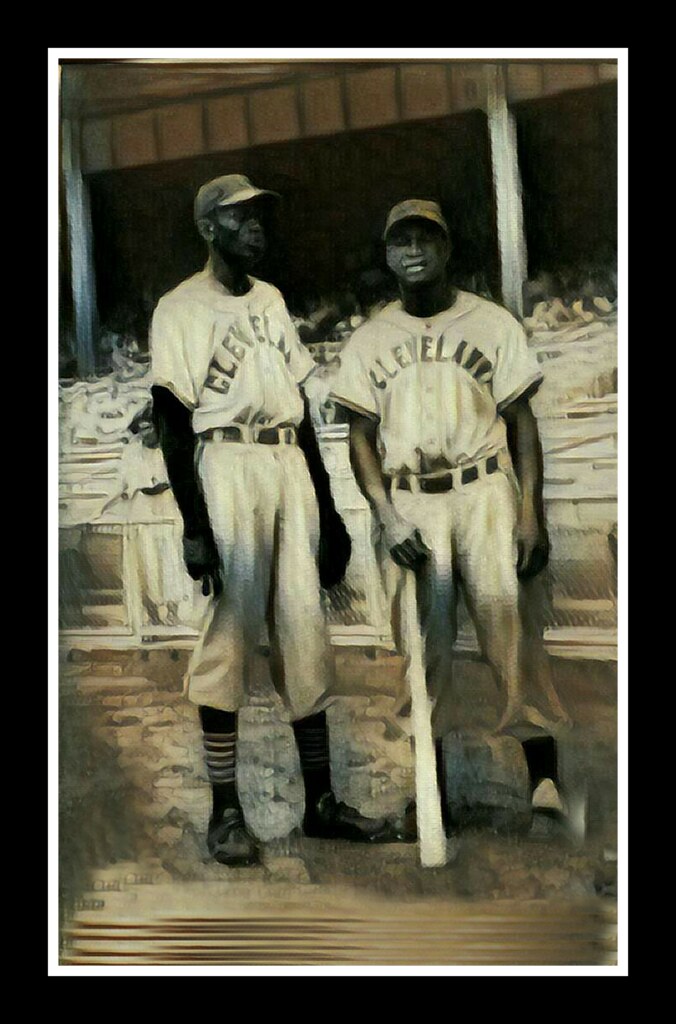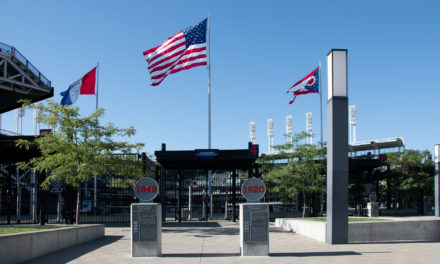Cleveland History
- November 6, 1970: Cuyahoga Community College’s Metro Campus in Cleveland was officially dedicated. This was a key moment in expanding access to higher education in Northeast Ohio.
- November 7, 1996: Cleveland’s Playhouse Square Center announced a significant renovation project, which had a major impact on the cultural and entertainment landscape in Northeast Ohio.
- November 8, 1967: Carl Stokes was elected as Mayor of Cleveland, becoming the first African American mayor of a major U.S. city. His election had a profound impact on race relations and urban politics in Northeast Ohio.
- November 10, 1966: The Cuyahoga River caught fire due to pollution and industrial waste, an event that led to significant environmental reforms not just in Ohio but throughout the United States.
- November 11, Various Years: Veterans Day events in Northeast Ohio have often included commemorations at the Soldiers’ and Sailors’ Monument in Cleveland’s Public Square, paying tribute to those who have served in the U.S. military.
World History
- November 6, 1860: Abraham Lincoln was elected the 16th President of the United States. His election was a pivotal moment leading up to the American Civil War, as it triggered South Carolina’s secession from the Union.
- November 7, 1917: The October Revolution in Russia culminated with the Bolsheviks, led by Vladimir Lenin, taking control of Petrograd (now St. Petersburg). This event marked the beginning of Communist rule in Russia and led to the formation of the Soviet Union.
- November 8, 1923: Adolf Hitler attempted to overthrow the Weimar Government in what became known as the Beer Hall Putsch. The coup failed, leading to Hitler’s arrest, but it was an early indication of the instability in Germany that would later lead to the rise of the Nazi Party.
- November 9, 1989: The Berlin Wall fell, leading to the reunification of East and West Germany and symbolizing the end of the Cold War. The event was a significant milestone in the process that led to the dissolution of the Soviet Union.
- November 11, 1918: World War I came to an end with the signing of the Armistice between the Allies and Germany. The ceasefire took effect on the 11th hour of the 11th day of the 11th month, and November 11 is now commemorated as Veterans Day in the United States and Remembrance Day in other parts of the world.






